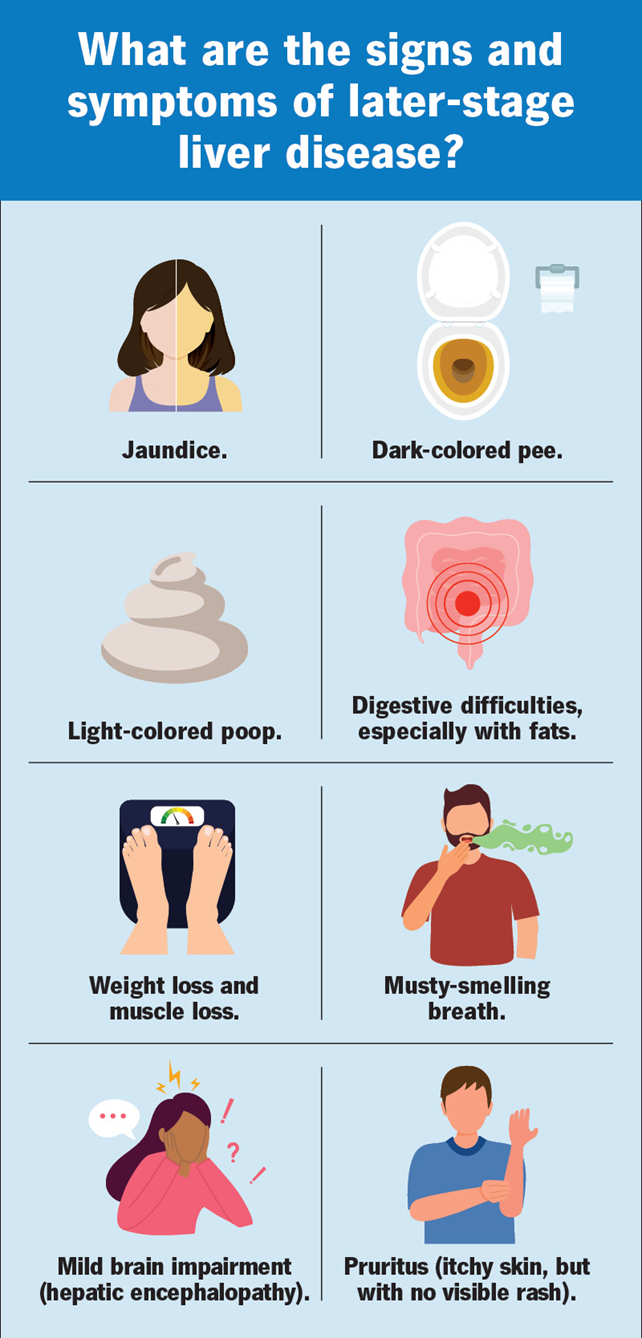A nurse is assessing a client who is receiving a unit of packed RBCs. The client appears flushed and reports low-back pain. After stopping the transfusion, which intervention is important to complete FIRST?
Call the provider.
Notify the blood bank.
Collect a urine specimen.
Keep the line open with 0.9% NS through new tubing.
The Correct Answer is D
Choice A Reason:
“Call the provider” is important but not the first priority. The immediate concern is to maintain the client’s intravenous access to ensure they can receive any necessary medications or fluids promptly. Once the line is secured, the provider should be notified to receive further instructions and manage the client’s condition.
Choice B Reason:
“Notify the blood bank” is also crucial but comes after ensuring the client’s immediate safety. The blood bank needs to be informed to investigate the cause of the reaction and prevent further issues, but this step follows the initial emergency interventions.
Choice C Reason:
“Collect a urine specimen” is necessary to check for hemolysis, which can occur during a transfusion reaction. However, this is not the first step. The priority is to stabilize the client by maintaining IV access with normal saline.
Choice D Reason:
“Keep the line open with 0.9% NS through new tubing” is the correct first intervention. This action ensures that the client remains hydrated and that the IV line is available for any emergency medications or treatments. Using new tubing prevents any contamination from the transfusion set.
Nursing Test Bank
Naxlex Comprehensive Predictor Exams
Related Questions
Correct Answer is A
Explanation
Choice A reason: This statement reflects denial, which is a common initial reaction in the grief process. The client is not accepting the reality of their prognosis and believes the doctor is exaggerating. Denial serves as a defense mechanism to protect the individual from the emotional impact of the diagnosis. It is a way for the client to cope with the overwhelming news by rejecting its truth.

Choice B reason: This statement reflects anger, another stage in the grief process. The client is expressing disbelief and frustration towards the doctor’s competence. Anger often follows denial and is directed towards others as a way to cope with the emotional pain. It is not indicative of denial but rather a progression in the grieving process.
Choice C reason: This statement reflects acceptance of the physical symptoms and the reality of the client’s condition. The client acknowledges their lack of energy and the impact of the illness on their daily life. This is not a sign of denial but rather an acceptance of their current state.
Choice D reason: This statement reflects acceptance and gratitude towards the doctor. The client recognizes the efforts made by the healthcare team and accepts that their time is limited. This is a sign of acceptance, the final stage in the grief process, where the individual comes to terms with their situation.
Correct Answer is ["0.4"]
Explanation
Step-by-Step Calculation
Step 1: Identify the desired dose and the concentration of the medication.
Desired dose = 4 mg
Concentration = 10 mg/mL
Step 2: Set up the calculation to find the volume to administer.
Volume to administer (mL) = Desired dose (mg) ÷ Concentration (mg/mL)
Step 3: Perform the division.
4 mg ÷ 10 mg/mL = 0.4 mL
Step 4: Round the answer to the nearest whole number.
0.4 mL rounded to the nearest whole number is 0 mL
Step 5: Apply the instruction to use a leading zero if it applies and do not use a trailing zero.
The final volume to administer is 0.4 mL.
Therefore, the nurse should administer 0.4 mL of furosemide via IV bolus to the client.
Whether you are a student looking to ace your exams or a practicing nurse seeking to enhance your expertise , our nursing education contents will empower you with the confidence and competence to make a difference in the lives of patients and become a respected leader in the healthcare field.
Visit Naxlex, invest in your future and unlock endless possibilities with our unparalleled nursing education contents today
Report Wrong Answer on the Current Question
Do you disagree with the answer? If yes, what is your expected answer? Explain.
Kindly be descriptive with the issue you are facing.
